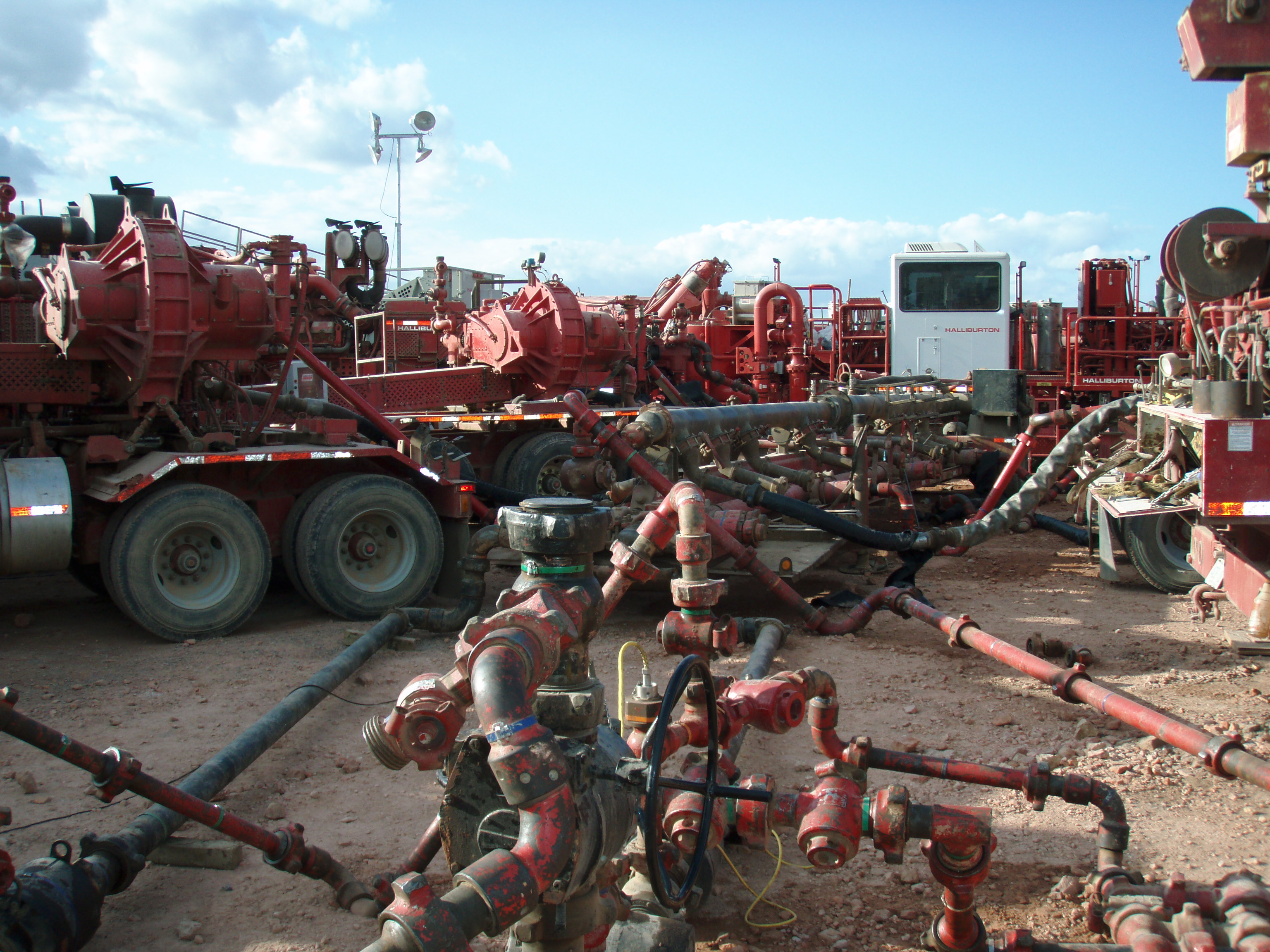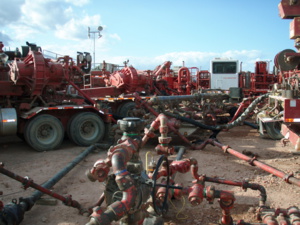Natural gas prices in the US fell to its lowest level in more than a decade this December, falling below $ 1.8 per million British thermal units.
Shale gas revolution is an old story with which everyone is familiar. However, the revolution has never been completed, although the media almost completely ignored it, focusing on oil in recent years.
Natural gas extraction continues to increase in the last decade, reaching a record in 2015.
Nevertheless, demand is growing not as fast as gas companies would like it. Yes, coal-fired power disappear, gas replaces them, but the process is too slow to absorb all additional supplies of shale gas.
Gas storage facilities are currently generally overcrowded due to the unusually warm weather in most parts of the United States. This is a nightmarish situation for manufacturers. As a result of this, prices have fallen to disastrously low levels, not bringing any profit.
Low prices forced Chesapeake Energy, the second-largest natural gas producer in the US, to change date of its debt repayment. Company's share price fell by 80% over the past year, and the drop was 20% in December.
The market perked up a little when prices increased by 8% on December, 21, due to the cold weather and favorable forecasts. However, it’s not going to solve the overall problem.
Reaction to the market glut is invisible now. According to the EIA, pace of drilling in shale areas is being reduced. This, analysts say, is not very reliable information, since the retrospective monthly indicators still point to growth in production, at least as of September.
Yet, from the standpoint of prediction, EIA’s data can be of great value. For example, it is expected that production in the Marcellus Shale will fall to 213 million cubic feet in January 2016 compared with the same date a year earlier.
In the Eagle Ford, where shale oil extraction is falling, gas production will drop by about 172 million cubic meters in January.
The glut of gas has brought prices down, and drillers had to retreat. 76 permits for new wells was issued in September; the October figure was 68. This is considerably lower compared to 600 permits a month only five years ago.
Some companies have decided that it is better to curtail production than sell gas at current prices. And so do many people working on the Marcellus Shale.
However, such a market emptying does not mean that prices will show a significant rebound in the near future. Reservoirs are at a maximum, and therefore, there is still too much gas. The situation can change in two years.
source: bloomberg.com
Shale gas revolution is an old story with which everyone is familiar. However, the revolution has never been completed, although the media almost completely ignored it, focusing on oil in recent years.
Natural gas extraction continues to increase in the last decade, reaching a record in 2015.
Nevertheless, demand is growing not as fast as gas companies would like it. Yes, coal-fired power disappear, gas replaces them, but the process is too slow to absorb all additional supplies of shale gas.
Gas storage facilities are currently generally overcrowded due to the unusually warm weather in most parts of the United States. This is a nightmarish situation for manufacturers. As a result of this, prices have fallen to disastrously low levels, not bringing any profit.
Low prices forced Chesapeake Energy, the second-largest natural gas producer in the US, to change date of its debt repayment. Company's share price fell by 80% over the past year, and the drop was 20% in December.
The market perked up a little when prices increased by 8% on December, 21, due to the cold weather and favorable forecasts. However, it’s not going to solve the overall problem.
Reaction to the market glut is invisible now. According to the EIA, pace of drilling in shale areas is being reduced. This, analysts say, is not very reliable information, since the retrospective monthly indicators still point to growth in production, at least as of September.
Yet, from the standpoint of prediction, EIA’s data can be of great value. For example, it is expected that production in the Marcellus Shale will fall to 213 million cubic feet in January 2016 compared with the same date a year earlier.
In the Eagle Ford, where shale oil extraction is falling, gas production will drop by about 172 million cubic meters in January.
The glut of gas has brought prices down, and drillers had to retreat. 76 permits for new wells was issued in September; the October figure was 68. This is considerably lower compared to 600 permits a month only five years ago.
Some companies have decided that it is better to curtail production than sell gas at current prices. And so do many people working on the Marcellus Shale.
However, such a market emptying does not mean that prices will show a significant rebound in the near future. Reservoirs are at a maximum, and therefore, there is still too much gas. The situation can change in two years.
source: bloomberg.com






